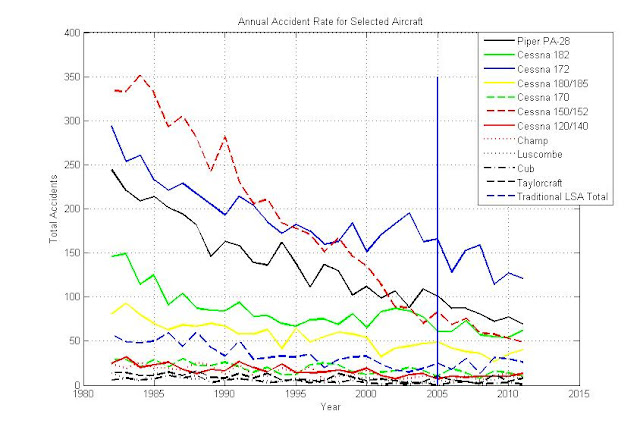JasonM
Pattern Altitude
I have no clue if the past 12 months are any worse than previous spans. It just really feels like this year has been really bad. I count 158 Fatal Accidents in the USA since 1 year ago today. I got this data from a search on ntsb.gov website. Not sure if this search link will work, but if so ( http://www.ntsb.gov/_layouts/ntsb.aviation/Results.aspx?queryId=ffa195bf-1438-4af0-a33a-fda8c95bae8a )
It felt to me like Beech was in the news a lot and Mooney was the doctor killer, but reality is a bit different.. Here is what I saw.. RIP
RIP 
44 Cessna
39 Piper
18 Beech
5 Mooney
5 Cirrus (1 of which was listed as the one in Frederick MD, which was not fatal for the cirrus. there may be other instances of this for other makes.)
47 other makes..
It felt to me like Beech was in the news a lot and Mooney was the doctor killer, but reality is a bit different.. Here is what I saw..
 RIP
RIP 
44 Cessna
39 Piper
18 Beech
5 Mooney
5 Cirrus (1 of which was listed as the one in Frederick MD, which was not fatal for the cirrus. there may be other instances of this for other makes.)
47 other makes..




